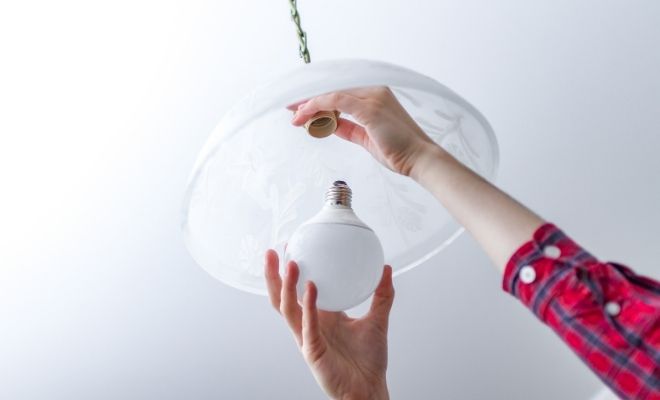
Lifestyle
How To Conserve Energy at Home
Electricity powers all the devices and appliances in your home. Consequently, you can easily use a lot of power each day without realizing it, especially with how much time we’re all spending at home. The problem with this is you end up raising your electricity bills at the end of the month, which can increase your living expenses more than you’d like. Moreover, wasting energy this way is bad for the environment; power plants release greenhouse gases while burning fuel to generate it for you. In this context, you probably want to learn how to conserve electricity at home.
Switch To LED lightbulbs
A simple method for saving electricity is replacing your incandescent lightbulbs with LEDs. LEDs do cost a bit more upfront, but they compensate with their strengths. Typically, they consume a minimum of seventy-five percent less energy than an equivalent incandescent model. Every time you turn on your light fixtures or lamps, you’ll be using a considerably smaller fraction of electricity than you did before. On top of this, LEDs last around fifty times longer than traditional lightbulbs, which means you won’t be replacing them frequently, even with lots of use.
Utilize Programmable Technologies
You can also attribute a notable portion of energy waste to passive use. It isn’t uncommon for devices are plugged into your outlets to use up electricity even while they’re shut off. There may also be days where you forget to shut off your HVAC system while you’re out of your house. With programmable technologies, you can prevent the unnecessary depletion of energy by controlling the times at which your outlets and HVAC system are active. There are smart power strips that cut off the electrical supply to your devices based on times you set or the when they’ve remained idle for a while. Likewise, you can install a programmable thermostat in your home to input the times when you want the heating or cooling to automatically turn off.
Upgrade Your Windows and Doors
Windows and doors aren’t electrical devices themselves but upgrading them can still be a means to conserve electricity at home. Old windows and doors may not have proper insulative properties or may possess small cracks around their joints and edges. These unnoticeable factors can allow a great deal of heat transfer to occur between your interior and the outside air each time you adjust your house’s climate. When this happens, your HVAC system will expend more energy trying to compensate for heat that enters during the warmer months or that escapes during the colder part of the year. By choosing the right windows and doors that are well-insulated and fitted perfectly, you can decrease your home’s energy needs while still staying comfortable—especially in hot San Diego summers.





0 comments